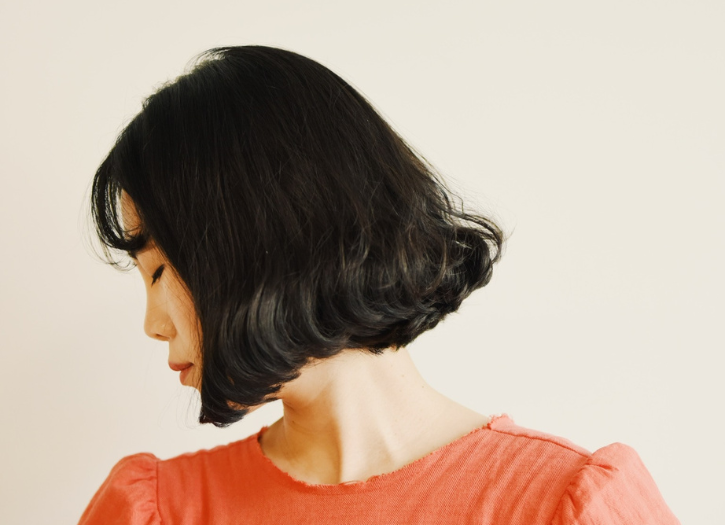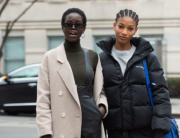By contrast, short bobbed hair was often a Bohemian trait, having originated in Paris c.1909 and been adopted by students at the Sladeseveralyearsbefore American film actresses such as Colleen Moore and Louise Brooks (“the girl in the black helmet”) became associated with it in the mid-1920s.
This style was plainly discernible on a woodblock self-portrait of 1916 by Dora Carrington, who entered the Sladein 1910, and, indeed, the journalist and historian Sir Max Hastings has referred to “poling punts occupied by reclining girls with bobbed hair” as an enduring, if the misleading, popular image of the “idyll before the storm” of the First World War.
In F. Scott Fitzgerald‘s short story, Bernice Bobs HerHair (1920), a young woman who wishes to become a “society vamp” regards the adoption of a bob as a necessary prelude, while Louise Brooks’ sexually-charged performance as Lulu in G. W. Pabst’s film, Pandora’s Box (1929), left an enduring image of the style, which has been replicated on screen over the years, most vividly by Cyd Charisse in Singin’ in the Rain (1952), Isabelle de Funès as Valentina in Baba Yaga (1973)and Melanie Griffith in Something Wild (1986).
It was associated also with many popular singers and actresses in the 1960s and has frequently been evoked by writers and directors, as well as fashion designers, seeking to recapture the hedonistic or free spirit of the 1920s. For example, Kerry Greenwood’s Cocaine Blues (1989) and succeeding novels about Phryne Fisher, a glamorous, but unconventional aristocratic investigator in late twenties Melbourne, Australia, conveyed an image – “five feet two [157.5 centimeters] with eyes of green and black haircut into a cap”– that was later cultivated stylishly on television by Essie Davis in ABC‘s Miss Fisher’s Murder Mysteries (2012).
Around 1926 an even shorter style, known as the “Eton crop”, became popular: on her arrival in Tilling (Rye) in E F Benson‘scomicnovel Mapp and Lucia (1931), Lucia described “Quaint” Irene as “a girl with no hat and an Eton crop. Shewasdressed in a fisherman’s jersey and knickerbockers”. For many years trite assumptions were often made about the sexuality of women with cropped hairstyles; a historian of the 1980s wrote of the Greenham Common “peace camp” in Englandthatit “brought public awareness to feminist separation and even to lesbianism, hitherto seen in the mass media – when acknowledged at all – either in terms of Eton-cropped androgyny or of pornographic fantasy”.
Even so, others have drawn a stark contrast between the bohemian demeanor of the Greenham women and the “bold make-up and power-dressing” that tended to define women’s fashion more generally in the 1980s (the so-called “designer decade”). One social historian has observed that “the innocuous woolen jersey, now known [in Britain] as the jumper or the pullover, was the first item of clothing to become interchangeable between men and women.
Photo by Suhyeon Choi on Unsplash







Add Comment